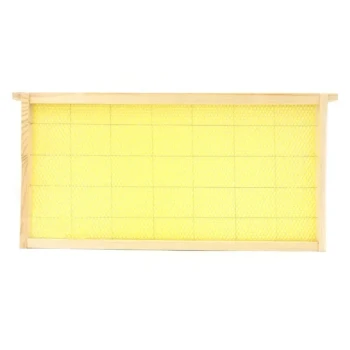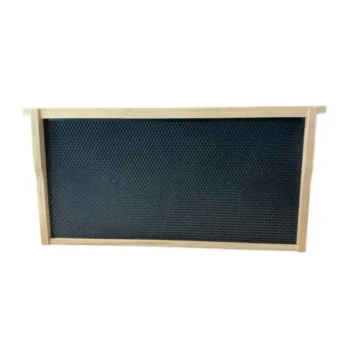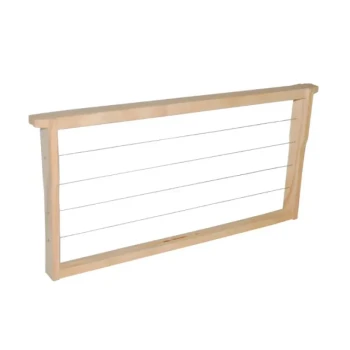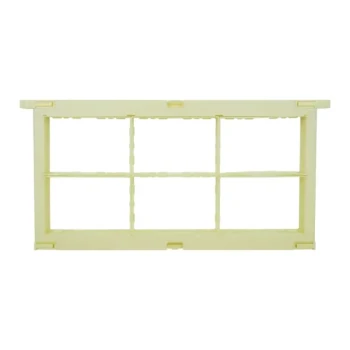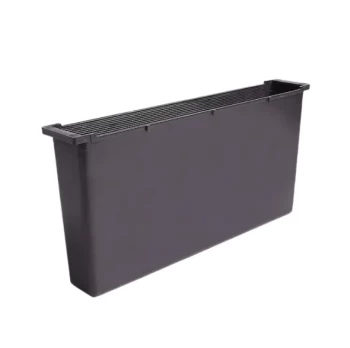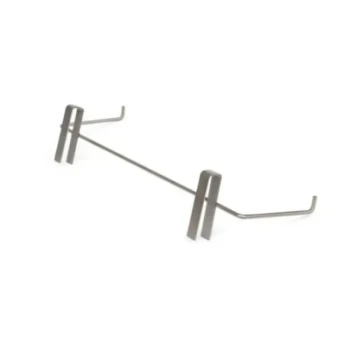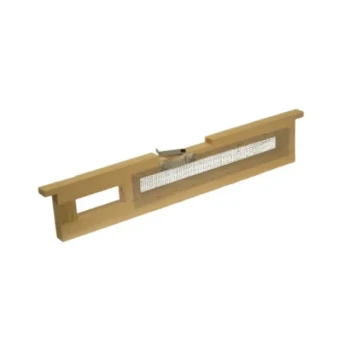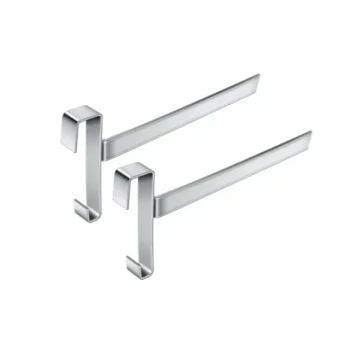The time it takes for bees to fill a honey frame is not a fixed number; it is a direct measurement of your colony's health and your local environment's generosity. While a powerful hive in ideal conditions can fill a super (a box containing 6-10 frames) in as little as one to two weeks, this represents the absolute best-case scenario. The process can just as easily take an entire season or, in poor conditions, not happen at all.
The critical question isn't just "how long," but "what factors control the speed?" The answer lies in the dynamic interplay between the colony's strength, the availability of nectar, and prevailing weather conditions. Understanding these variables is the key to managing your hive for a successful honey harvest.
The Core Factors Influencing Honey Production
The speed of honey production is best understood not as a timeline, but as an output of a complex system. Four key variables dictate the rate at which your bees can produce and store honey.
Factor 1: Colony Strength and Population
A honeybee colony operates on the principle of workforce size. A hive with a large population of healthy, adult bees will have a proportionally large number of forager bees.
More foragers mean more nectar can be collected simultaneously. A hive bustling with 60,000 bees will fill frames exponentially faster than a weaker hive of 15,000. This is why a colony's spring build-up, driven by a prolific queen, is so critical for summer honey production.
Factor 2: The Nectar Flow
This is the single most important external factor. A nectar flow is the period when local, nectar-rich plants are in full bloom. Without an abundant source of nectar, honey cannot be made.
The intensity of the flow matters immensely. A short, explosive flow from a source like black locust or clover can lead to rapid honey storage. A slower, more prolonged flow from various wildflowers will result in a more gradual fill rate. If the nectar availability dries up, production stops instantly.
Factor 3: Weather and Climate
Bees are highly sensitive to weather. They will not fly in the rain, in high winds, or in temperatures that are too cold.
A week of poor weather during a peak nectar flow can completely halt honey production. The bees are confined to the hive, unable to forage, and will begin consuming their existing stores to survive. Likewise, a drought can cause plants to produce less nectar, creating a hidden shortage even in sunny weather.
Factor 4: The State of the Comb
Bees use frames for two main purposes: raising brood and storing honey. The state of the wax comb inside the frame has a massive impact on the speed of filling.
Producing wax is an incredibly energy-intensive process for bees. If you give them a frame with only a thin sheet of foundation, they must first expend significant time and resources (nectar) to "draw out" the hexagonal cells of the comb.
Conversely, giving them a frame of drawn comb from a previous season allows them to bypass this step entirely. They can begin depositing and curing nectar immediately, dramatically accelerating the process.
Understanding the Key Trade-offs
A beekeeper's goal of harvesting honey is secondary to the hive's primary goal: survival. This fundamental conflict creates important trade-offs you must manage.
The Hive's Needs Come First
Honey is the bees' essential carbohydrate source, providing the energy for all hive activities, including heating the colony through the winter. They will always prioritize their own needs.
Before you can consider a harvest, the bees must first fill their brood boxes with enough honey to sustain the colony. If a nectar shortage (or "dearth") occurs, they will not hesitate to consume the honey you were hoping to harvest. As the reference notes, they will even remove it from the super frames and move it down below.
New vs. Established Hives
The age and maturity of your hive are critical. A new hive, started from a package or a small "nuc" colony, has a monumental task in its first year. Its priority is survival: building a large population, drawing out at least 8-10 frames of comb in its brood box, and storing just enough honey to survive its first winter.
An established hive that has survived a winter begins the spring with a large population, a laying queen, and fully drawn comb. This gives them a tremendous head start, allowing them to dedicate their workforce almost entirely to collecting surplus honey once the nectar flow begins.
Setting Realistic Expectations for Your Hive
Your management strategy should be guided by your hive's maturity and the current environmental conditions.
- If you have a new, first-year hive: Your goal is hive establishment, not a honey harvest. Focus on supporting them as they draw comb and build a strong population for winter.
- If you have an established, strong hive: Your goal is to capitalize on the nectar flow. Ensure they have ample space by adding supers before they need them to encourage storage and prevent swarming.
- If you are experiencing poor weather or a nectar dearth: Your goal is to monitor the hive's food stores. Do not expect honey production to continue, and be prepared to feed them if their survival is at risk.
Ultimately, successful honey production is a result of an effective partnership with your bees, not a race against the clock.
Summary Table:
| Factor | Impact on Honey Production Speed |
|---|---|
| Colony Strength | A strong hive (60k+ bees) fills frames exponentially faster than a weak one. |
| Nectar Flow | An abundant, intense flow is essential; without it, production stops. |
| Weather | Rain, wind, or cold halts foraging and can reverse progress. |
| Comb State | Drawn comb allows immediate storage; foundation requires energy-intensive drawing. |
Maximize Your Hive's Honey Production with the Right Equipment
Understanding these factors is the first step. The next is ensuring your commercial apiary or distribution business has the durable, efficient supplies needed to support strong colonies and capitalize on nectar flows.
HONESTBEE supplies beekeeping supplies and equipment to commercial apiaries and beekeeping equipment distributors through wholesale-focused operations. We help you build a resilient, productive operation with high-quality gear that meets the demands of professional beekeeping.
Ready to equip your operation for maximum yield? Contact our team today to discuss your wholesale needs and how our products can contribute to your success.
Related Products
- Heart-Shaped Comb Honey Frame and Honeycomb Cassette
- Plastic Bee Frame Beekeeping Hive Frames for Wholesale
- Plastic Honey Comb Frames Cassette Box for Honey
- Assembled Wooden Bee Frames with Beeswax Foundation Ready to Use by HONESTBEE
- Assembled Wooden Bee Frames with Plastic Foundation for Durability and Convenience by HONESTBEE
People Also Ask
- Why is it important to understand honey bee behavior when handling them? Master Safe & Effective Beekeeping
- What is a benefit of storing honey-laden frames? A Strategic Food Source for Spring Colony Survival
- What methods can be used to liquefy crystallized honey in Flow Frames? Restore Your Harvest with Gentle Heat or Bee Power
- Why is it important to remove detached honeycomb pieces? Prevent Pests, Disease, and Robbing
- How to wire a bee frame? A Step-by-Step Guide for Strong, Durable Honeycomb



